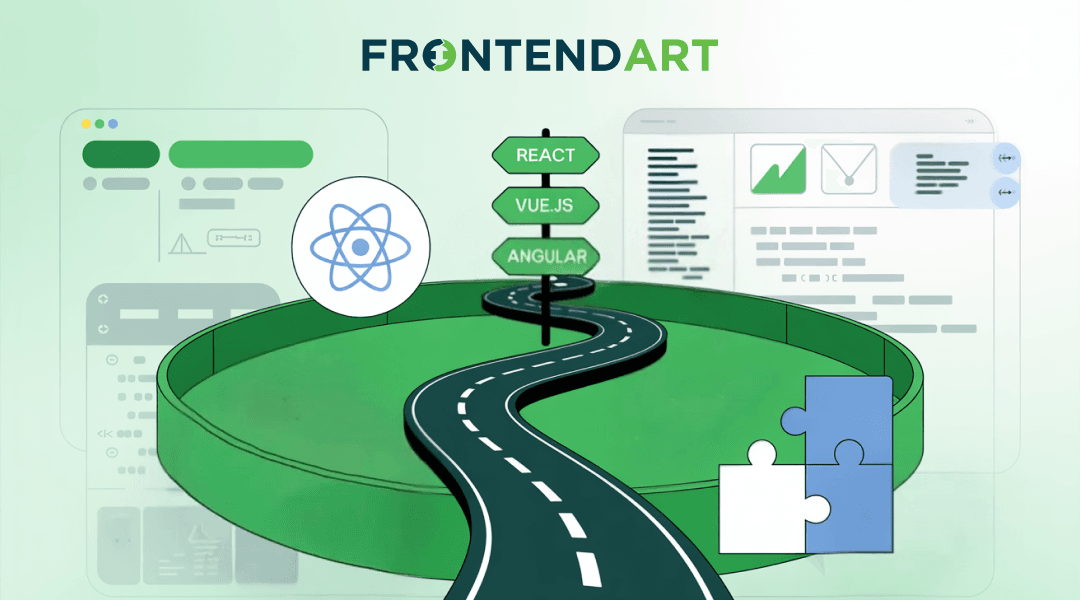Choosing a frontend framework is no longer just a technological decision—by 2025, it’s a strategic one. For CTOs and software company leaders, it's increasingly important to consider how a selected framework impacts business growth.
Why does it matter more than ever what we build on?
Due to the complexity of modern applications, frameworks are not merely tools—they are fundamental quality guarantees. A well-chosen framework ensures consistent, flexible, and predictable development.
Whether your company is developing products or delivering software development services, selecting the right technology is crucial, as it will affect speed, cost, flexibility, and how easily you can hire developers to build your solution.
In frontend development today, several popular tools are available. In 2025, major players continue to include React, Angular, and Vue.js.
Before committing to any specific framework, it’s worth examining a few strategic questions. The most important ones for your business include:
- Does this tool help deliver fast and engaging user experiences?
- How easy is it to maintain and update the product?
- Is there a strong pool of experienced developers proficient with this technology?
Only once these questions are clarified is it worth evaluating the different frameworks' features and benefits.
How to choose a framework in 2025?
Before your company commits to a particular technology, consider what your business truly needs. Below are the key criteria to evaluate frontend frameworks based on your product, team, and business goals.
Development Speed
The faster development progresses, the sooner you can test, fix issues, and release updates. Before selecting a framework, check whether the team can build reusable UI elements (e.g., buttons, menus, forms) that can be used across multiple projects.
Learning Time Investment
Mastering any new framework takes time, but some are easier to learn. Look for clear documentation or tutorials to support the learning process. Internal training sessions can also be effective. At FrontEndART, we aim to share the required knowledge through internal training, allowing experienced team members to teach others clearly and practically with less effort.
Built-in Tools
Most applications need essentials like routing or form handling. The key question is whether the framework includes these out-of-the-box. The less configuration needed, the better.
Technical Characteristics
Your application should scale smoothly with a growing user base and feature set. It’s important if the app can be broken into smaller, independent components to ease updates and teamwork. Efficient data change handling is also a plus, especially in complex apps where predictable UI updates are critical. Consider how the framework performs with 10,000+ users or with complex features.
Costs
Hidden costs—like maintenance and hosting—can quickly eat up your budget. Asking the right questions helps you plan a framework integration budget. Is the framework free? Will paid plugins, extra hosting, or third-party services be needed? Also consider how often the technology updates—frequent changes can mean more developer hours.
What is the best framework right now?
The answer is: it depends. It’s not about which one experts say is best in 2025—each has its own pros and trade-offs. The right choice depends on what your product or service relies on: a robust ecosystem, maximum performance, or fast development with a small team.
Remember, these are just tools to achieve your goal. What truly matters is building a product or service that meets user needs and can scale with your business.
